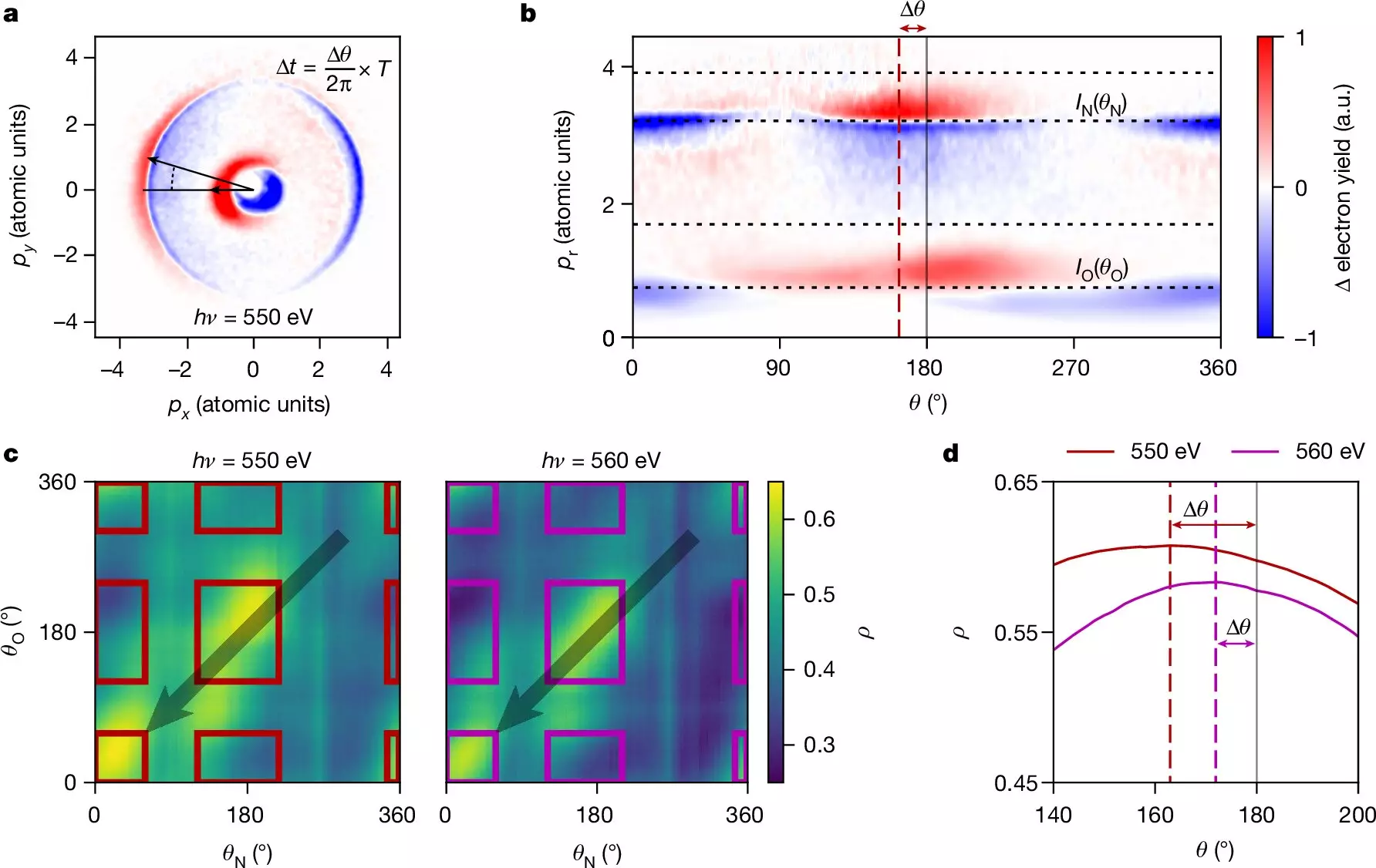The photoelectric effect, a phenomenon first described by Einstein over a century ago, has recently been the subject of a groundbreaking study conducted by a team of scientists from the Department of Energy’s SLAC National Accelerator Laboratory. This study has provided new insights into electron-electron interactions, shedding light on the fundamental aspects that underpin many modern technologies, such as semiconductors and solar cells. Published in Nature on August 21, the results of this study have significant implications for the field of quantum mechanics.
When an atom or molecule absorbs a photon of light, it can emit an electron in a process known as the photoelectric effect. While Einstein’s description of this effect laid the theoretical foundation for quantum mechanics, the instantaneous nature of the process has long been a topic of debate. Recent advancements in attosecond science have enabled researchers to delve into the ultrafast time delays involved in photoionization, providing a more comprehensive understanding of this complex phenomenon. Lead author and SLAC scientist Taran Driver emphasizes the importance of measuring these delays in the X-ray domain, a groundbreaking feat achieved by the team for the first time.
The team utilized an attosecond X-ray pulse from SLAC’s Linac Coherent Light Source (LCLS) to ionize core-level electrons, ejecting them from the molecules under study. Subsequently, a separate laser pulse was employed to measure the “photoemission delay,” which represents the time interval between photon absorption and electron emission. Surprisingly, the delays observed in this study reached up to 700 attoseconds, significantly exceeding previous predictions. This discovery not only challenges existing theoretical models but also unveils the pivotal role played by electron interactions in shaping these delays.
By accurately measuring the angular difference in the direction of ejected electrons, the researchers were able to determine the time delay with high precision. This newfound ability to analyze and interpret these delays holds immense potential for advancing various fields, including protein crystallography and medical imaging, where X-ray interactions with matter are paramount. Furthermore, the study foreshadows a series of planned experiments aimed at exploring electron dynamics in diverse molecular systems, with other research groups already leveraging this novel technique to investigate larger and more complex molecules.
As co-author Agostino Marinelli aptly puts it, this study represents the beginning of a promising journey into the depths of electron behavior. The unrivaled flexibility of LCLS allows scientists to probe a wide range of energies and molecular systems, positioning it as a powerful tool for furthering our understanding of electron dynamics. With each new discovery, the scientific community edges closer towards unraveling the intricate workings of the photoelectric effect, paving the way for revolutionary advancements in multiple disciplines.


Leave a Reply